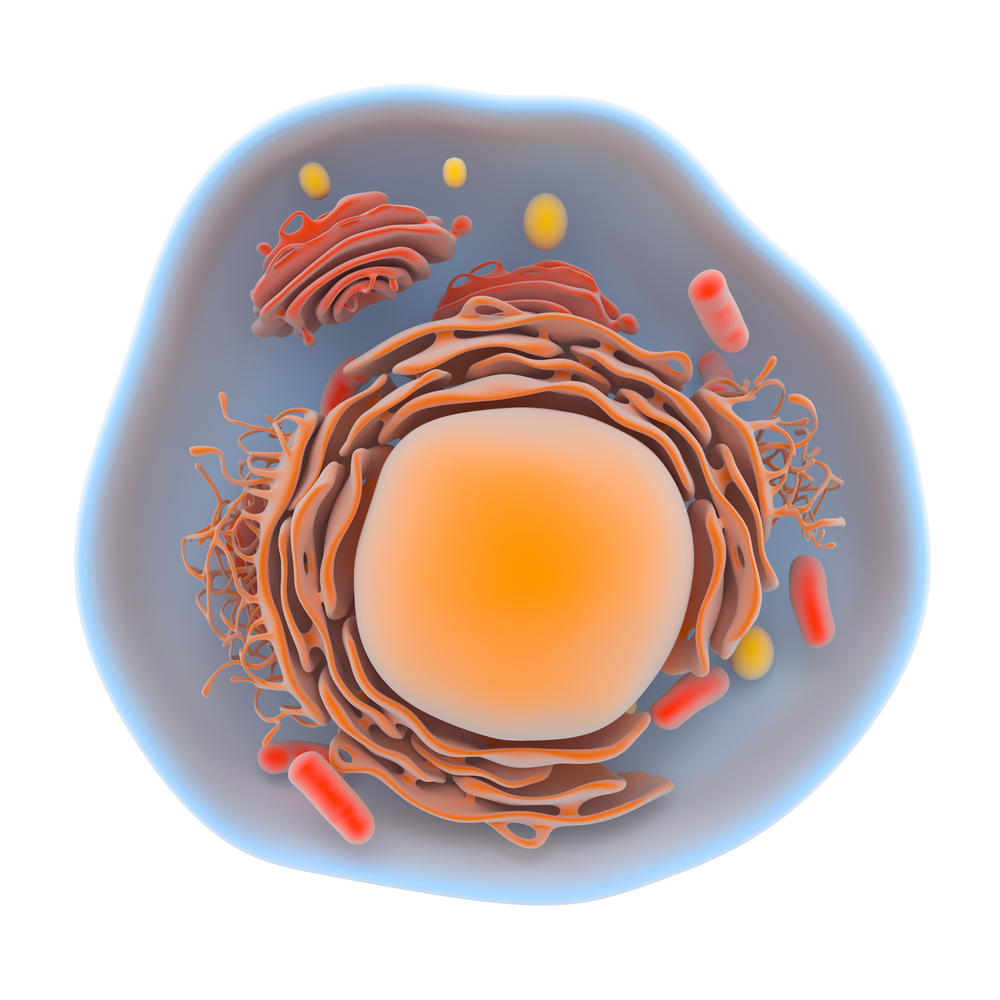Scientists’ Discovery of Way of Tracking Key Enzyme May Aid in Treating Gaucher Disease

Scientists in the Netherlands have made a discovery that may advance the treatment of the genetic disorder known as Pompe disease. Along with co-workers in England, they found a possible blocker to halt the disease’s progression, which might also aid in the development of diagnostics and treatments for Gaucher disease.
The study, “Detection of Active Mammalian GH31 α-Glucosidases in Health and Disease Using In-Class, Broad-Spectrum Activity-Based Probes” appeared in the journal ACS Central Science.
Pompe disease is a genetic disorder in which an enzyme found in lysosomes, called alpha-glucosidase (GAA), is not functional. A lysosome is a cellular region that breaks down molecules. In a healthy body, GAA works to turn glycogen into glucose for use as the body’s major source of energy.
The new technique targets the GAA enzyme. Researchers Herman Overkleeft and Johannes Aerts at Leiden University developed molecules that can bind the GAA enzyme so it can be tracked by scientists. The method, known as an activity-based probe, will allow researchers to see where the enzyme is located, and to possibly identify how it functions. It will also tell them whether or not the enzyme is there, which could lead to a diagnosis of Pompe disease.
Overkleeft is enthusiastic that the technique might facilitate therapies that causes changes in the enzyme. “Once you have identified whether the enzyme is active in a patient, you can in principle then determine how effective it is by administering a recombinant enzyme, a process known as enzyme replacement therapy, or by raising the level of activity of the body’s own enzyme — pharmacological chaperone therapy,” he said.
Liang Wu and Gideon Davies at the University of York originally characterized the function of the GAA enzyme in a previous research study.
In their study, the investigators concluded, “We illustrate a direct diagnostic application in Pompe disease patient cells, and discuss how the probes may be further exploited for diverse applications.”
The finding may also be relevant to other lysosomal storage diseases, such as Gaucher’s disease. In this condition, glucocerebroside, a type of fatty substance, accumulates in cells and does not get broken down by lysosomes. People with Gaucher’s disease consequently have fatigue, bruising, anemia, enlarged organs, and other symptoms. The technique could potentially tag this molecule as well, acting as a diagnostic tool to identify the disease’s presence and degree. Activity-based probes could ultimately aid in the development of therapies that reduce glucocerebroside levels.


